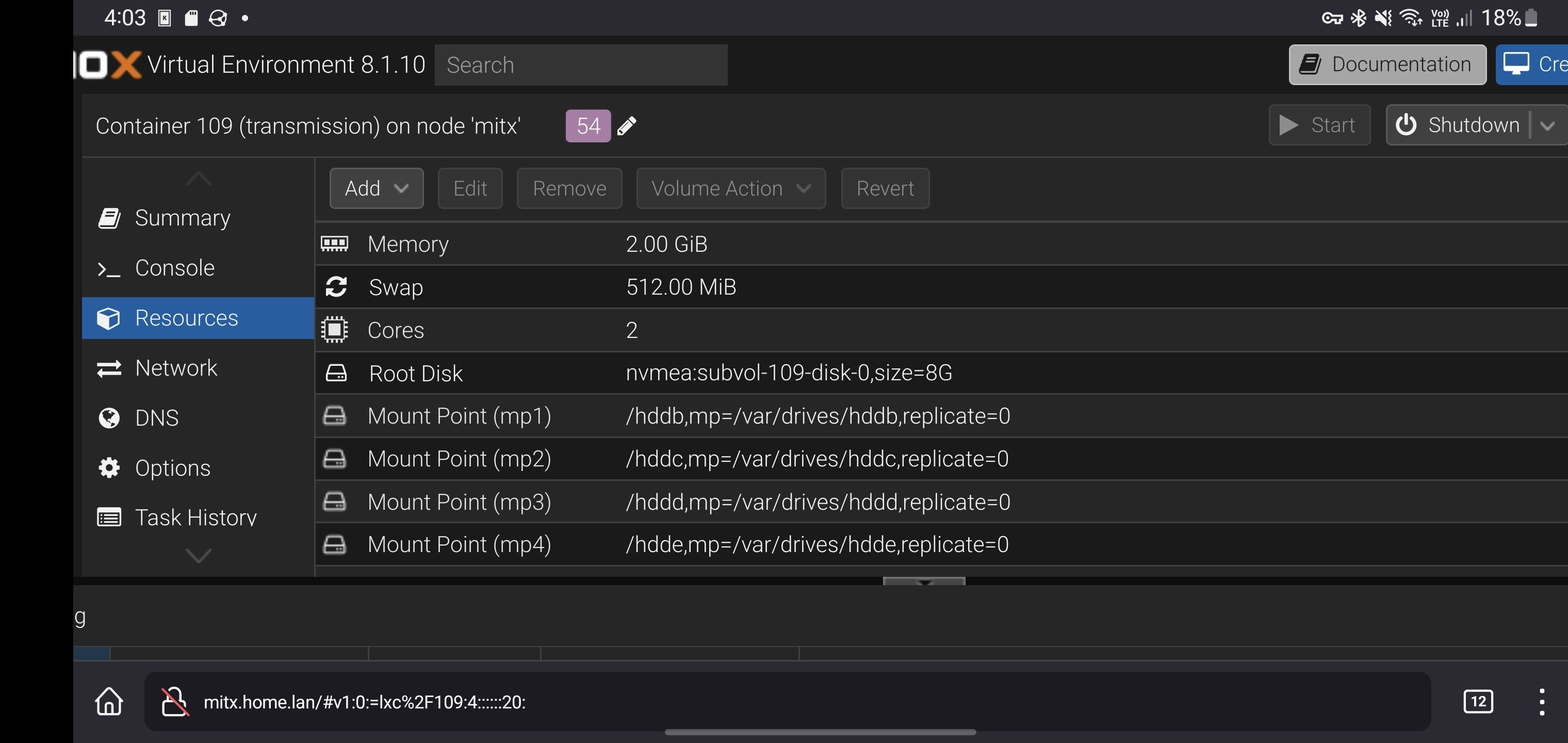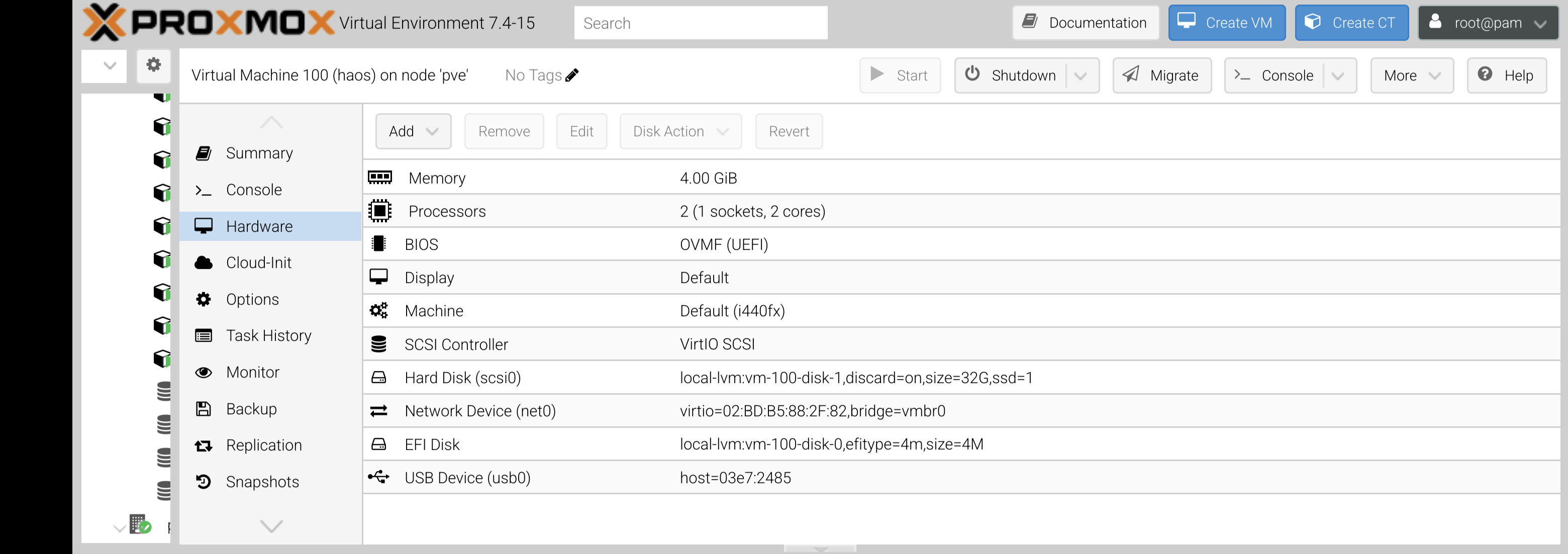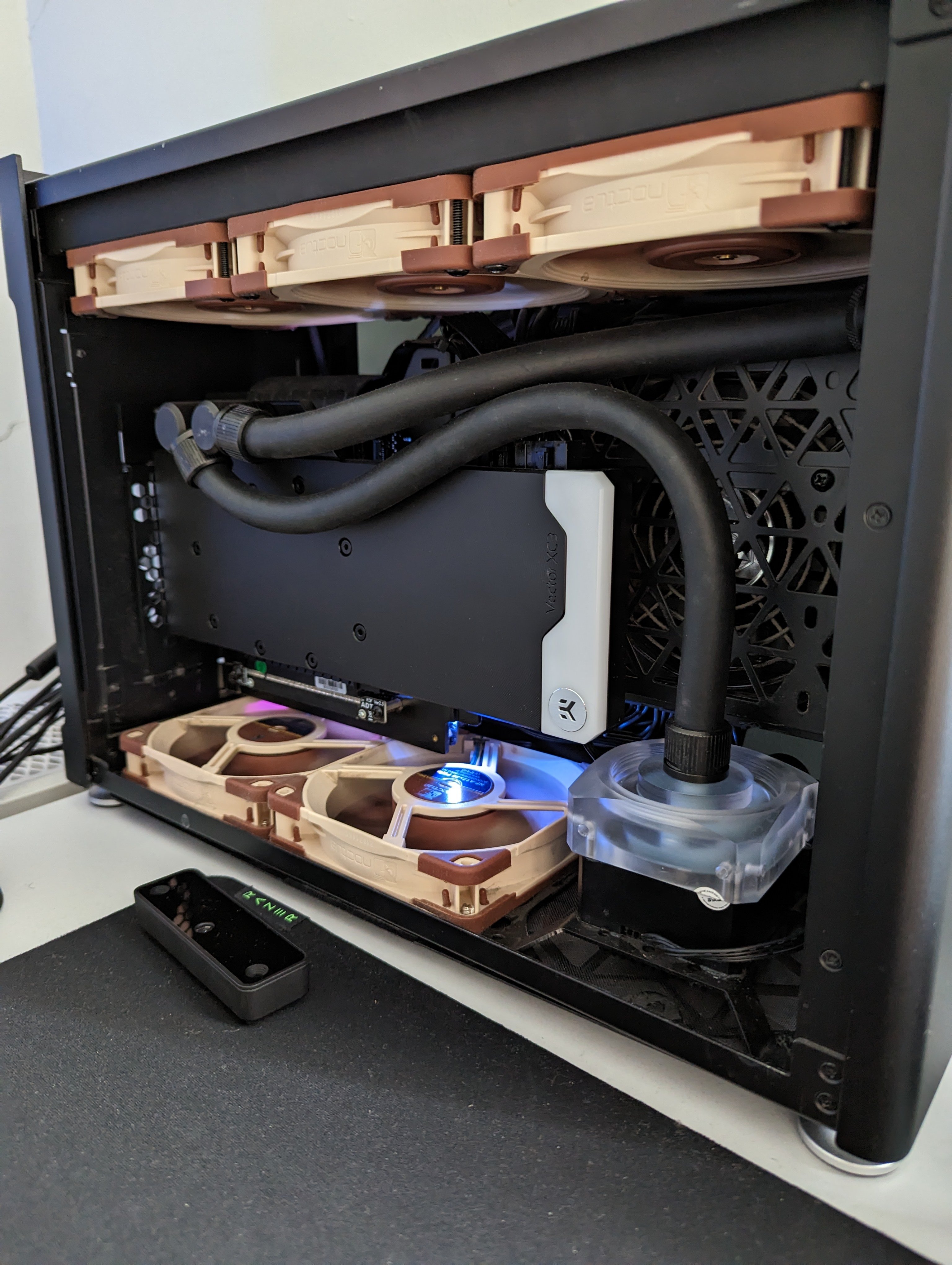Dear god, I do vaguely remember their launch (not my portfolio while working in PC component procurement) but had completely pushed that from my head.
Looks like LG have the same thing going on too, what a waste of silicon.
Dear god, I do vaguely remember their launch (not my portfolio while working in PC component procurement) but had completely pushed that from my head.
Looks like LG have the same thing going on too, what a waste of silicon.
You have wifi / ethernet in your PC monitor?
deleted by creator


I’ve not tested the method linked but yeah it would seem like it’s possible via this method.
My lone VM doesn’t need a connection to those drives so I’ve not had a point to.
You could probably run OMV in an LXC and skip the overheads of a VM entirely. LXC are containers, you can just edit the config files for the containers on the host Proxmox and pass drives right through.
Your containers will need to be privileged, you can also clone a container and make it privileged if you have something setup already as unprivileged!


Yeah there is a workaround for using bind-mounts in Proxmox VMs: https://gist.github.com/Drallas/7e4a6f6f36610eeb0bbb5d011c8ca0be
If you wanted, and your drives are mounted to the Proxmox host (and not to a VM), try an LXC for the services you are running, if you require a VM then the above workaround would be recommended after backing up your data.
I’ve got my drives mounted in a container as shown here:

Basicboi config, but it’s quick and gets the job done.
I’d originally gone down the same route as you had with VMs and shares, but it’s was all too much after a while.
I’m almost rid of all my VMs, home assistant is currently the last package I’ve yet to migrate. Migrated my frigate to a docker container under nixos, tailscale exit node under nixos too while the vast majority of other packages are already in LXC.


Ahh the shouting from the rooftops wasn’t aimed at you, but the general group of people in similar threads. Lots of people shill tailscale as it’s a great service for nothing but there needs to be a level of caution with it too.
I’m quite new to the self hosting game myself, but services like tailscale which have so much insight / reach into our networks are something that in the end, should be self hosted.
If your using SMB locally between VMs maybe try proxmox, https//clan.lol/ is something I’m looking into to replace Proxmox down the line. I share bind-mounts currently between multiple LXC from the host Proxmox OS, configuration is pretty easy, and there are lots of tutorials online for getting started.


I still use it, the service is very handy (and passes the wife test for ease of use)
Probably some tinfoil hat level of paranoia, but it’s one of those situations where you aren’t in control of a major component of your network.


Tailscale is great, but it’s not something that should be shouted from the rooftops.
I use tailscale with nginx / pihole for my home services BUT there will be a point where the “free” tier of their service will be gutted / monetized and your once so free, private service won’t be so free.
Tailscale are SAAS (software as a service), once their venture capital funds look like their running dry, the funds will be coming from your data, limiting the service with a push to subscription models or a combination.
Nebula is one such alternative, headscale is another. Wire guard (which tailscale is based on) again is another.


I just installed xpipe and found i was habitually double clicking, found after I had a good 3 + terminal sessions running I’d best find out why.


Shedding weight fast is a great method for excess skin that requires cosmetic surgery to remove. Slowly losing weight can reduce but not eliminate the requirements for surgery.
Good friend of mine lost almost half his body weight in around 4 years, his arms, legs are all OK but his stomach area needs some work. I can’t imagine the hardship people “competing” on the biggest loser need to go through once the season is over.


Gallagher were great at that, rubbish solution for “teaching” staff about phishing which would infuriate all staff caught in the net. Would come from internal email addresses too which, if one person’s email / credentials are compromised they’ve got bigger fish to fry.


I mean it’s not the worst. Is it still https? Or are they serving plain ol http? My internal services (at home) are mostly https, but the certs are self signed so browsers will flag them as “insecure”.


I’ve recently (in the last week) added my contacts and manage my calendar via nextcloud locally. Davx synchs to my android devices, nextcloud is synched to my haos VM to help me remember bin nights / other appointments. For someone with ASD + ADHD it’s a godsend.


But man, I’ll be able to amend all those TODO items that have been accumulating of the last 12 months and fix all those issues while rebuilding my raid.
I mean that’s only if my GITs aren’t hijacked during the ransomware attack.
And I mean, I’ll probably just push the same config to my server and let it on its merry way again.


Transmission running on the same machine? VM / Container?
I was using deluge for the longest time but went back to transmission in an lxc under proxmox.
Some more info about your config would help troubleshoot.


Yep my other packages manage everything else, transmission is rarely logged into on the GUI side. KISS
I’ve got frigate running on a HAOS VM as an add-on. 2 cameras both running detection with only 2 cores dedicated to frigate.
Using proxmox on an old Intel 5960x, very minimal usage I’m sure you would see reasonable results on an orangepi. I guess make a backup of your SD / NVME before wiping and testing.
Been meaning to tweak detection as it’s a bit slow right now, wanting some automations built around person / presence detection utilising zone detection but it’s too slow right now.




13900kf / 3070 / Arch
Planning on migrating over to water-cooling once again but need to figure out runs / radiator placements in my Jonsplus i100 again as this CPU is another beast.
Mostly playing Risk of Rain / Rimworld so not really pushing the system that hard.
See image when I was running my system as 9900k / 3070 under water.

Is Orca that resource intensive? I’m running it in a container with KasmVNC and have never really checked out the resource usage. Admittedly it’s on one of my local servers in another room. I guess it’s how large your projects are too.
Edit: maybe it’s just my small projects